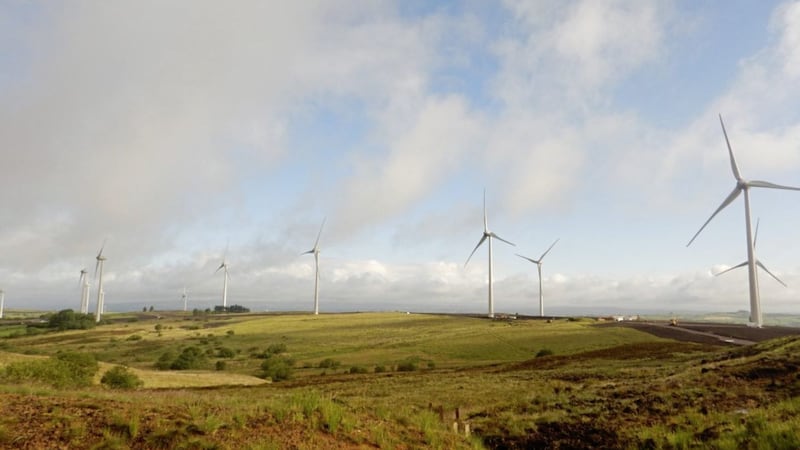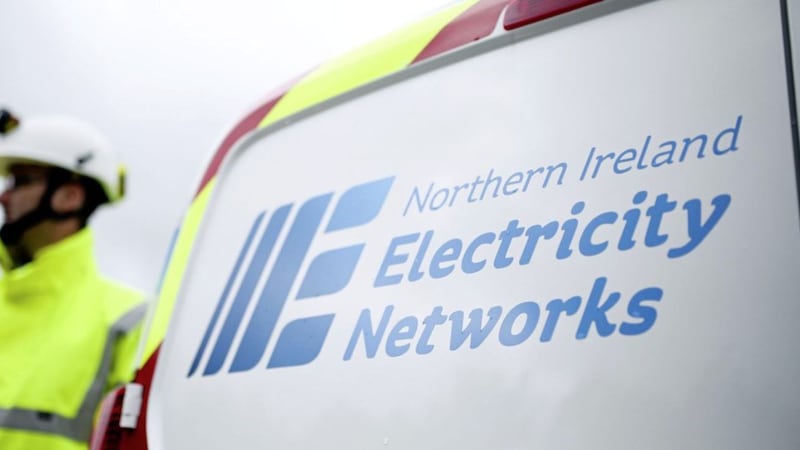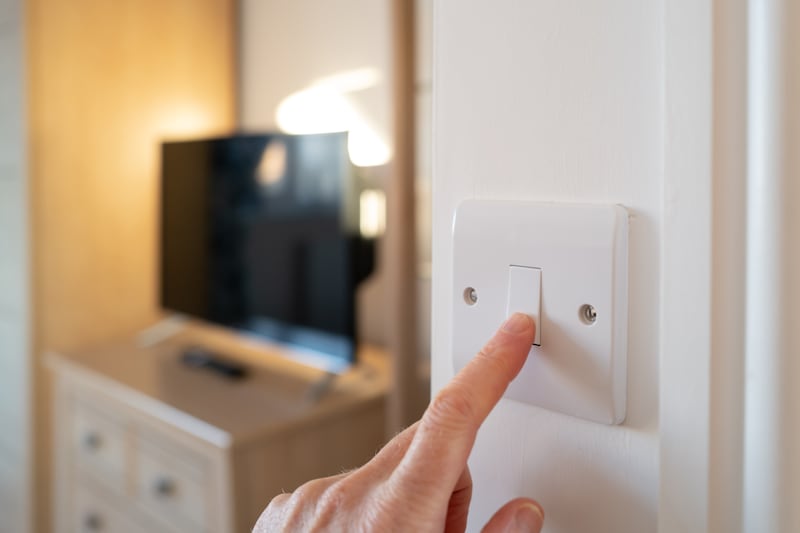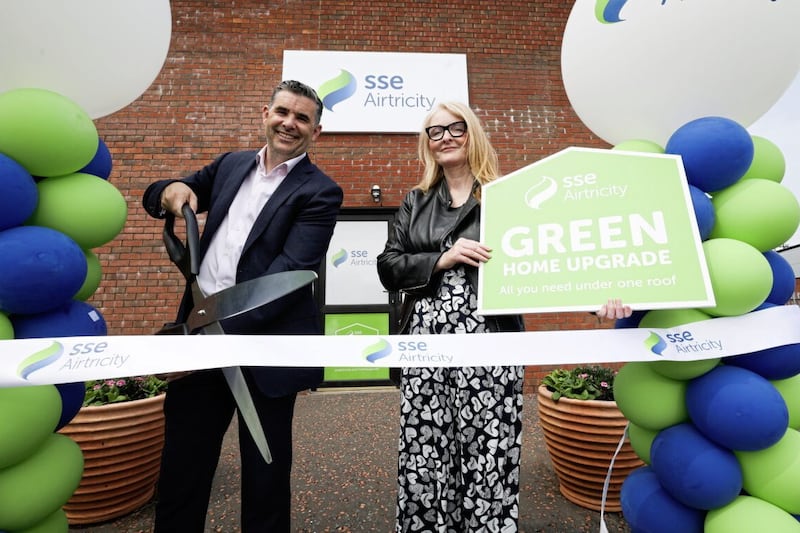IF you were to look for proof positive of the sustaining impact that renewable energy is having on our power supply in Northern Ireland, you would need to look no further than the grid operator’s latest generation output results.
In the third week of December, wind energy provided 23 per cent of all the energy used in businesses and homes here. Across the month so far, wind accounts for around 25 per cent of Northern Ireland’s power use, while across the island that figure rises to more than 30 per cent. It’s an impressive and encouraging contribution.
When I look to our own business, it’s clear to see the difference that the direct investment we’ve made here in renewables – over half a billion pounds so far – is having on creating a cleaner, greener economy and society.
Last year, the green energy which SSE Airtricity provided to its customers powered the equivalent of over 200,000 homes in Northern Ireland, significantly abating over 250,000 tonnes of harmful CO2 emissions.
As an investor in lower carbon generation, SSE brought on a further two renewable energy sites in Northern Ireland this year – our Tievenameenta and Slieve Divena 2 wind farms, the addition of which can power more around another 50,000 homes and bring our total installed renewables capacity to140MW.
At SSE, we believe that the contribution made by renewables so far should continue to fuel our ambitions for the future. That’s why we continue to advance sustainable energy investment opportunities to harness the potential for further wind energy generation in the north – including our plans for a £150 million wind farm at Doraville in Co Tyrone, which could generate another 119MW of green electricity with the potential to power yet another around 100,000 homes across the region.
However, we are now at a point where energy policy clarity is urgently needed. Under the current Strategic Energy Framework, Northern Ireland is committed to an ambitious target of 40 per cent of energy use to come from ‘alternative sources’ by 2020. But as we know, progress towards this target has stalled.
Despite capacity advances, Northern Ireland faces into a potential energy deficit by the early 2020s when the Industrial Emissions Directive will severely reduce the capacity of both Kilroot and Ballylumford power stations.
After a slow period linked to the economic downturn, energy demand is on the rise again and we are facing into period of uncertainty around stability of supply. The north-south interconnector is now a significant priority and can go some way to address the deficit which is pending by at least 2021.
The delay of key decisions around energy infrastructure was reflected on last month by the Northern Ireland Affairs Committee when commenting on Westminster’s response to its report on the region's electricity sector, published by that committee last May. Importantly, in that report, the Committee pointed to the need for an updated Strategic Energy Framework to provide long-term clarity for the electricity sector, and to guide investment in the near, medium and long-term.
We believe that a robust, future-facing energy policy for Northern Ireland is needed as a matter of urgency in order to foster economic growth and stimulate continued decarbonisation of our economy. And it is that policy clarity that will enable businesses, such as SSE, to advance continued investment opportunities and decisions here.
Northern Ireland has the capacity to harness wind as a renewable source, and the need for stability of supply has been established. Those factors combined point to this region as a potential leader in the development and supply of renewable energy. Let’s hope 2018 goes down as a year where real progress is made.
:: Stephen Wheeler is managing director of SSE Ireland, the second largest energy utility operating in Ireland’s all-island energy market







